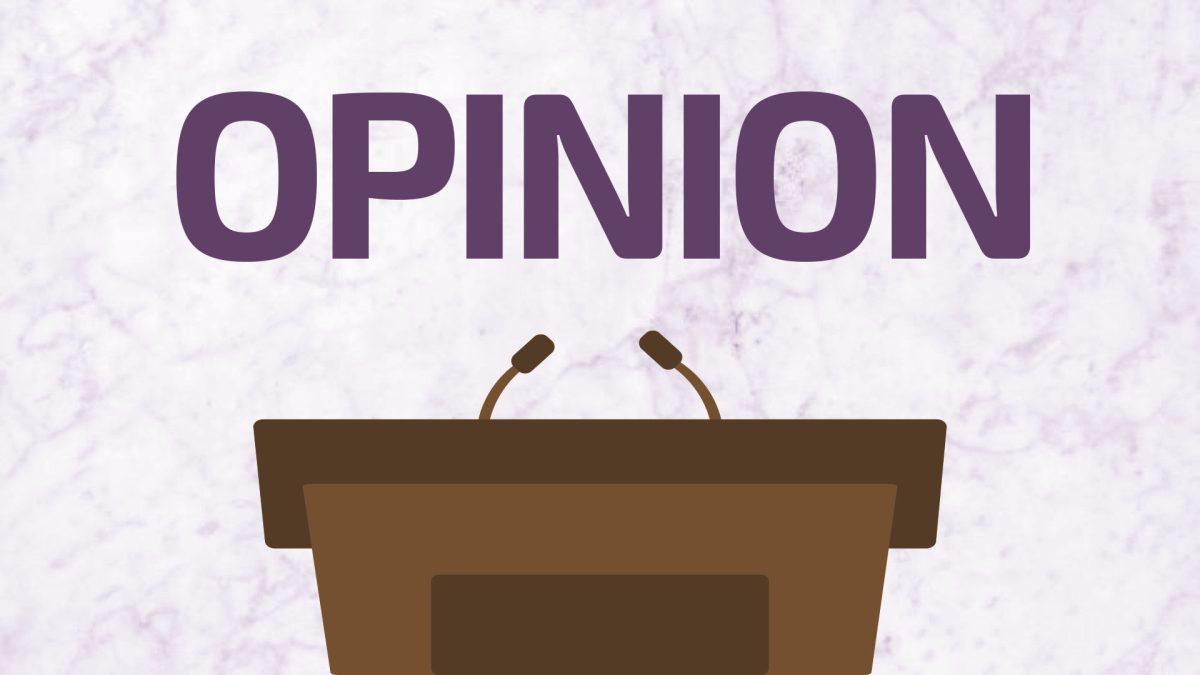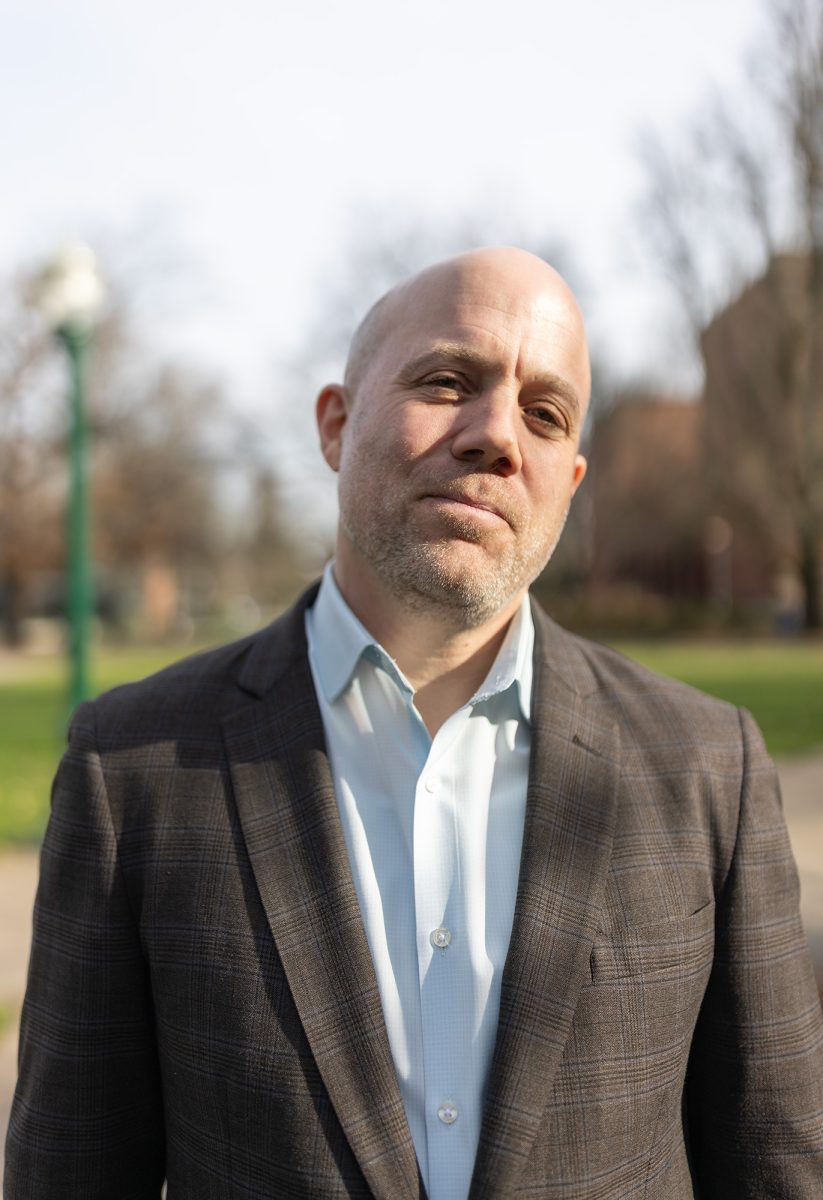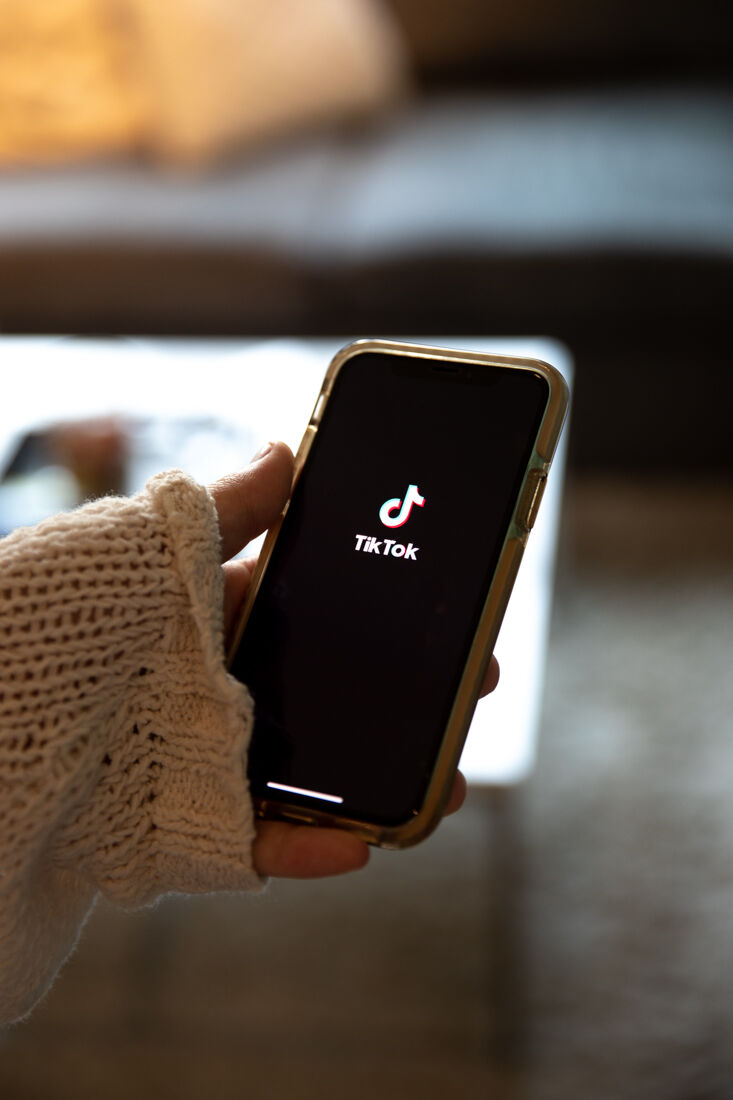Opinion: I love unions, but I feel the structuring of the UOSW unionization efforts do not allow my participation as an RA.
———-
I must start this article by saying that I love unions. Read that again before reading anything else. Labor union efforts began as a way to mandate an 8-hour work day, and they have continued to create spaces for workers and organizations to negotiate their needs. Recently, the University of Oregon’s student workers have been attempting to unionize. But as a Resident Assistant, I have hesitations about participating in these efforts.
Through my role as an RA, I am given free room and board. That is the reason I can attend this university. UO’s Student Workers, also known as UOSW, account for many different professional roles, but unionization efforts must consider all of them. Without these considerations, the movement for unity will lack the support it needs and the needs of workers will not be fairly represented.
What I have noticed is that the conversation between UOSW and the university officials has escalated, and has therefore resulted in more immature negotiation tactics. The conversation lacks respect. For example, the university undermines union momentum through a lack of communication while UOSW villainize the university through posts on social media, of which lack respect and productivity. And when so many of my basic needs are on the line, it makes me unwilling to enter a conversation swarmed with disrespectful actions from both sides.
Douglas Noll, an author of escalation theory, describes the stages of conflict. He describes that both groups engaging in conflict argue with increasingly immature mentalities, and that high pressure in conflict comes from the belief that insistence will change the mind of the other party. In reality, neither party is prepared to relent.
The most recent conflict between the university and UOSW has to do with the certification process. According to the UOSW Instagram, the university is not considering many of the individuals that are student workers. This is stalling the unionization process.
In this situation, UOSW likely believes that by proving its numbers, the university will be obliged to certify the union. The university, on the other hand, most likely believes that by stalling enough, they will be able to dash out unionization efforts.
UOSW has recently attempted to prove their numbers through an action they titled “Blast the Admin’s Emails.” It is an attempt to stand up to the disrespect they have felt after not being properly represented in the university’s proclaimed number of student workers. Through this action, they wanted each individual to follow a few steps and send out 120 automatically generated emails to the administration. I don’t think this is a tactic of gaining respect. I think spamming inboxes is a pointless attempt to prove mass involvement. If they want to prove their existence, they should write their letters by hand.
There are many tactics that labor unions have historically used, such as striking, picketing and boycotting. Not all of these are applicable methods for UOSW to participate in due to the possible negative outcomes. But all of them involve physical presence and mass-group effort. For many RAs, the lack of these physical and effective tactics is the reason they are not participating much in the formation efforts.
One RA, who asked to remain anonymous, said, “I have taken quite a backseat approach because, like many other people, my education is very much tied to this job. My career is very much tied to this job. If I don’t have housing paid for, I’m going home.”
They continued in talking about the insecurity of not actually being unionized yet. It is hard to bargain for anything when there is not a position to bargain from.
The RA said they want to see some success before they risk their benefits. “I just don’t see any success happening. It’s all smoke and mirrors right now,” they said.
The truth is, all student workers have different needs. In Maslow’s Hierarchy of Needs, a psychological approach to discussing necessities, some of these needs fall into the basis of all other categories. For example, on the bottom of the pyramid is physiological needs, which includes things such as food, shelter and sleep. Above this level are the safety needs. These include things such as employment, resources and health.
With the current unionization efforts, there is a delicate balance between the needs student workers are risking and the needs that student workers wish to receive. Personally, I am risking my physiological needs by participating in any activities that do not ensure security. However, I sometimes feel like I am missing my safety needs through the requirements of this job.
My job is intensive. Many of the duties required of RAs are, among other things, stressful and emotionally taxing. Often acting as first responders in an array of situations, research shows that some RAs have been traumatized due to their roles. Regardless of this information, we are still only offered six free visits to the counseling center per academic year. In many ways, I also risk my safety needs by working this job.
Noah Thompson, a fourth year student and legal chair of UOSW, said, “We want to represent all workers. We want a democratic union.”
Being represented by a group with like-interests is vital for the future of UOSW. Thompson embodied this compassionate approach when he said, “All workers deserve representation.”
The representation of all workers is an excellent start. But balancing the needs that some workers will sacrifice in order to participate in efforts must be the path forward for the UOSW.
At this point, the conversations between the university and UOSW have seemingly become very unproductive. But I think the best way to avoid further disrespect and immaturity within the discussions is to understand the needs of all individuals involved. What do some workers sacrifice and how do we plan to support those sacrifices?
Compassion is a necessary stepping stone in the conversation. That starts with more open communication and fewer social media posts bluntly targeting one group as the enemy.














